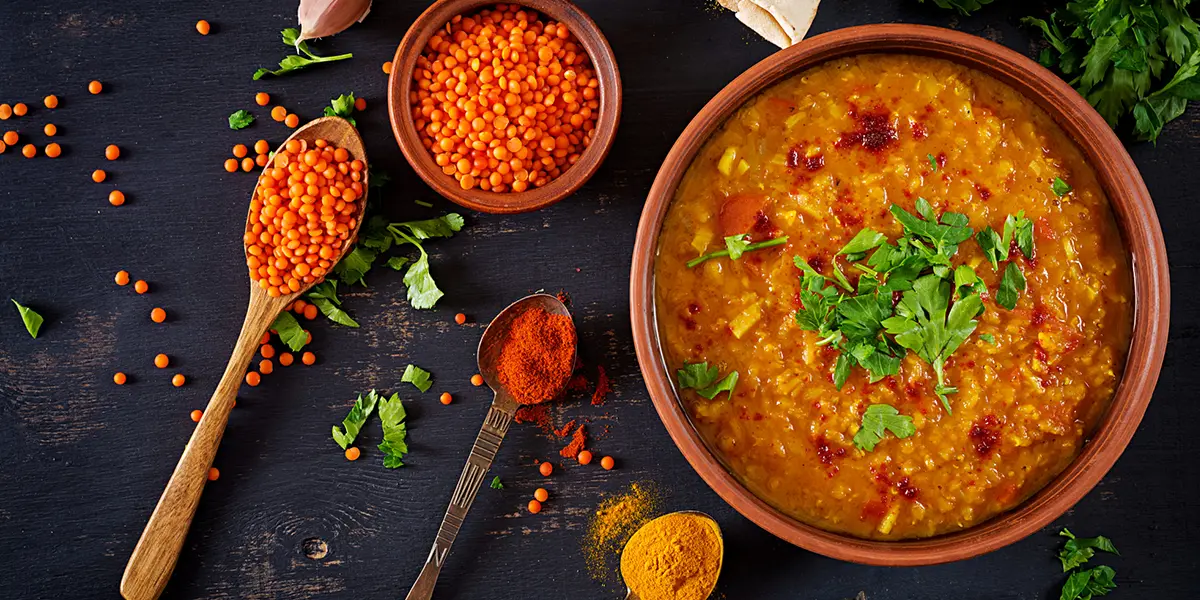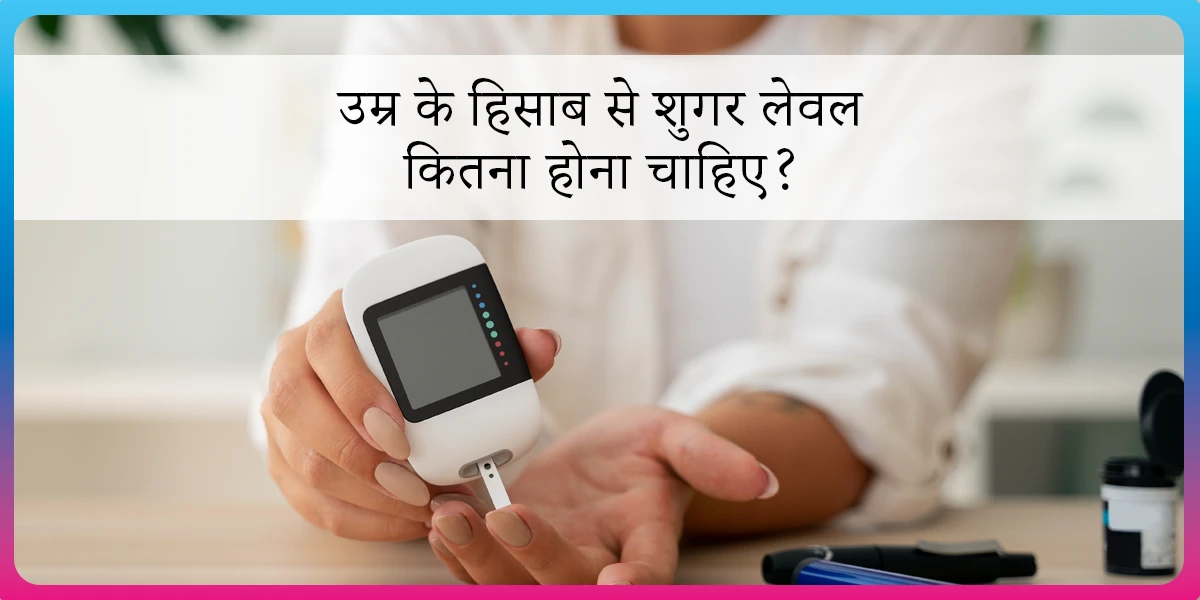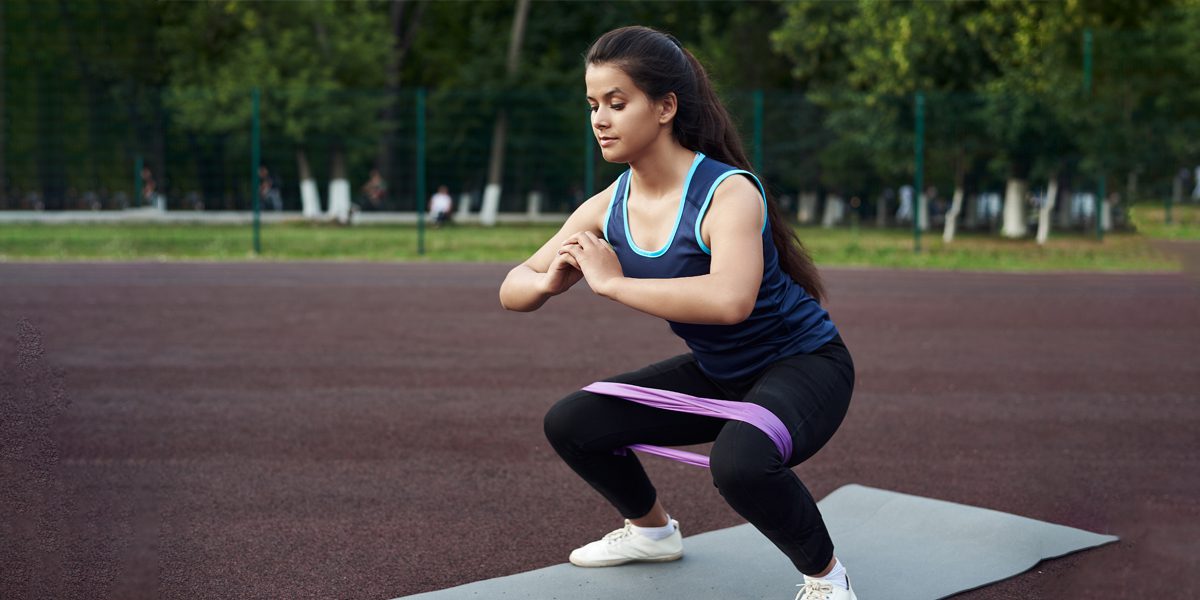Does Dalia Help in Weight Loss?

When it comes to wholesome, comforting, and healthy food, dalia (broken wheat) is a favourite in many Indian homes. Whether it’s a warm bowl of khichdi or a quick upma, dalia has been a part of our kitchens for generations.
Simple yet nutritious, it’s packed with fiber, vitamins, and minerals that energise you. But is it good for weight loss? Let’s find out.
What is Dalia?
Dalia, or broken wheat, is simply whole wheat cracked into smaller pieces. It’s a go-to food in many homes, especially in North India, loved for its simplicity and versatility.
Packed with fiber, vitamins, and minerals, dalia keeps digestion smooth and provides long-lasting energy. Unlike refined grains, they are minimally processed and retain their natural goodness. Whether for a comforting breakfast or a light meal, dalia is low in fat, making it a good option if you want to manage weight.
What is the Nutritional Value of Dalia?
Dalia is packed with fiber, protein, and essential vitamins. It’s a good source of complex carbohydrates, providing steady energy without spiking your blood sugar. It contains:
| Nutrient | Nutritional Value* (per 100 gm) |
| Calories | 342 kcal |
| Carbohydrates | 71 gm |
| Fiber | 11 gm |
| Protein | 12 gm |
| Fat | 2 gm |
| Sugars | 1 gm |
| Magnesium | 110 mg |
| Phosphorus | 150 mg |
| Potassium | 200 mg |
|
*of a familiar brand |
|
Note: The above-mentioned nutritional values may vary slightly depending upon the brand and processing method of dalia.
What are the Types of Dalia?
- Coarse Dalia: This type of dalia has more significant pieces of wheat, which means it takes longer to cook. It is rich in fiber, making it great for digestion and weight management. Coarse dalia is often used in savoury dishes like upma, khichdi, or soups. It’s also considered more nutritious because it retains more of the wheat’s bran and germ.
- Fine Dalia: Fine dalia has smaller pieces of wheat and cooks much faster. It has a softer texture and is commonly used to make sweet porridge or easy breakfast dishes. It is still healthy but has slightly less fiber compared to coarse dalia.
Is your weight increasing your health riskHealthy Weight
Calculator
Which Dalia is Good for Weight Loss?
When it comes to weight loss, coarse daliya (broken wheat) is typically the best option. Here’s why:
- High in Fiber: Coarse daliya retains more fiber than finer varieties. This helps in digestion, controls hunger, and keeps you feeling fuller for longer, which is important for weight loss.
- Low Glycemic Index: Coarse daliya has a lower glycemic index compared to refined grains. It releases energy slowly, preventing spikes in blood sugar and helping with fat burning.
- Rich in Nutrients: Coarse daliya is full of important nutrients like iron, magnesium, and B vitamins, which help with overall health and metabolism, important for weight loss.
- Whole Grain: Coarse daliya is a whole grain, which means it has more nutrients and keeps you fuller longer compared to processed daliya.
What are the Health Benefits of Dalia?
Dalia, is packed with fiber and offers several health benefits backed by research. Here’s why you should include it in your diet:
1. Rich in Fiber
Dalia is a great source of fiber, especially when it’s coarse and minimally processed. The fiber in dalia helps with digestion, promotes regular bowel movements, and improves gut health, preventing constipation.
2. Supports Weight Loss
Thanks to its high fiber content, dalia promotes satiety, which can help control appetite and reduce overall calorie intake. The complex carbohydrates in dalia are digested slowly, preventing blood sugar spikes and keeping hunger at bay, making it a great option for those looking to lose or manage their weight.
3. Promotes Heart Health
Dalia is heart-healthy due to its high fiber, magnesium, and antioxidant content. Fiber helps lower LDL (bad) cholesterol levels, while magnesium supports healthy blood pressure. These combined effects contribute to better heart health and a reduced risk of heart-related disease.
4. Regulates Blood Sugar
Dalia has a low glycemic index*, meaning it doesn’t cause rapid increases in blood sugar levels. This makes it an excellent food choice for people managing diabetes. Its slow-release carbohydrates help maintain stable blood glucose levels, preventing spikes and crashes.
| Note: There is very limited scientific data on the glycemic index (GI) of dalia. While GI values are unavailable, its glycemic load (GL) may be high due to its carbohydrate-rich nature. |
5. Boosts Metabolism
Dalia is rich in B vitamins and minerals like iron and magnesium, which are essential for a healthy metabolism. These nutrients help the body convert food into energy efficiently and support various metabolic functions, contributing to overall energy levels.
6. Prevents Constipation
The fiber in dalia keeps your digestive system healthy by aiding smooth bowel movements. It helps flush out waste and toxins from the body, ensuring natural detoxification and better gut health.
7. Supports Skin Health
Due to its high vitamin and antioxidant content, dalia contributes to maintaining healthy skin. The detoxifying effects of fiber also help clear the skin and improve complexion by removing toxins from the body.
9. Boosts Energy
The complex carbohydrates in dalia provide a steady release of energy, making it an excellent food choice for sustained energy throughout the day. It helps keep blood sugar levels stable, preventing fatigue and ensuring consistent energy levels.
10. Helps Manage Cholesterol Levels
The soluble fiber in dalia is effective at reducing LDL (bad) cholesterol levels. Lowering LDL cholesterol helps reduce the risk of plaque buildup in the arteries, promoting heart health and reducing the likelihood of cardiovascular disease.
Lost 12 kg in 3 months without tough diet restrictions!


65kg
Happy members
EMI
Guarantee
4.8/5
Weight Loss Program
What Are the Disadvantages of Eating Dalia?
While dalia (broken wheat) offers many health benefits, there are a few potential drawbacks to consider, depending on individual health conditions, portion sizes, and how it’s prepared.
1. High in Carbohydrates
Dalia is a carbohydrate-rich food that is good for providing energy. However, for individuals who are trying to reduce carbohydrate intake (such as those with diabetes or following low-carb diets), excessive consumption of dalia could lead to an increase in blood sugar levels.
People who are insulin-resistant or managing diabetes should monitor portion sizes to avoid potential blood sugar spikes.
2. Contains Gluten
Since dalia is made from wheat, it contains gluten, making it unsuitable for individuals with celiac disease or those with gluten sensitivity or intolerance. For people with these conditions, consuming dalia can lead to digestive discomfort, bloating, or more severe allergic reactions.
3. May Cause Gas or Bloating
Due to its high fiber content, dalia can cause gas, bloating, or stomach discomfort, particularly if someone is not used to a high-fiber diet. Gradually increasing fiber intake and drinking plenty of water can help reduce these symptoms. For those with sensitive digestive systems, it’s important to start with smaller portions.
4. Excessive Consumption Can Lead to Weight Gain
Although dalia is a healthy food, it’s easy to overconsume due to its filling nature. Eating large portions without balancing other food groups can contribute to excess calorie intake and potentially lead to weight gain. It’s important to be mindful of portion sizes, especially for individuals trying to manage their weight.
5. Not Ideal for Low-Carb Diets
Dalia is not suitable for individuals following low-carb diets, such as Keto or Atkins, as it’s relatively high in carbohydrates. People on these diets typically limit their carb intake to induce ketosis or maintain low blood sugar levels, so dalia may not be a suitable choice in these cases.
6. Can Be Bland Without Seasoning
Dalia can taste somewhat bland on its own. While it’s a versatile food, it typically requires the addition of spices, vegetables, or other flavouring agents to make it more enjoyable. Adding sugar or ghee in large amounts, especially when making sweet dishes, can increase its calorie content, potentially negating some of its health benefits.
7. May Lead to High Sugar Intake in Sweet Dishes
When dalia is prepared as a sweet dish, such as a porridge or dessert, it is often sweetened with sugar, which can increase calorie intake and potentially affect blood sugar levels. For people managing diabetes or weight issues, it’s best to limit sugar addition or use natural sweeteners in moderation.
How Does Dalia Help in Weight Loss?
Dalia is great for weight loss because it’s high in fiber and low in calories, keeping you full for longer and reducing overeating. Its complex carbs provide steady energy and help prevent blood sugar spikes, curbing cravings.
Versatile and nutritious, dalia can be customized into satisfying meals that support your weight loss goals while being light and healthy.
How to Make Daliya for Weight Loss?
You can make daliya, which is light yet filling, perfect for those looking to lose weight while still enjoying a flavorful meal.
| Ingredient | Quantity |
| Daliya (broken wheat) | 1 cup |
| Ghee (clarified butter) | 1 teaspoon |
| Onion (chopped) | 1 small |
| Moong Sprouts | 1 cup |
| Tomato (chopped) | 1 medium |
| Carrot (grated or chopped) | 1 small |
| Peas (optional) | 1/4 cup |
| Turmeric powder | 1/4 teaspoon |
| Cumin seeds | 1/2 teaspoon |
| Salt | To taste |
| Fresh coriander leaves (for garnish) | A handful |
| Water | 2 cups |
Method
1. Roast the Daliya
Heat a pan on medium heat and dry roast the daliya for 3-4 minutes until it turns a little golden and aromatic. Set it aside.
2. Prepare the Tempering
In the same pan, heat the ghee. Add cumin seeds and let them splutter. Then, add the chopped onion and sauté until it turns soft and translucent.
3. Add Vegetables
Add chopped tomato, sprouted moong, grated carrot, and peas (if using). Cook for 2-3 minutes until the vegetables soften.
4. Cook Daliya
Add the roasted daliya to the pan, along with turmeric powder and salt. Mix well.
5. Add Water and Cook
Pour in 2 cups of water and bring it to a boil. Reduce the heat, cover, and let it cook for about 10-12 minutes, or until the water is absorbed and the daliya is soft.
6. Garnish and Serve
Garnish with freshly chopped coriander leaves. Serve hot as a wholesome meal.
Tips
- Avoid Adding Excess Oil or Ghee: While ghee is healthy in moderation, using it excessively can add unnecessary calories.
- Pair with Vegetables: Adding vegetables to your daliya boosts its fiber content, making it even more filling and nutritious.
- Pair it with Proteins: Add moong dal, sprouts, or eggs to your dalia to increase its protein content, keeping you full for longer and supporting muscle health.
What is the Best Time to Eat Dalia for Weight Loss?
The best time to eat dalia for weight loss is in the morning or as a light dinner. For breakfast, dalia provides good energy and curbs hunger throughout the day. If eaten at dinner, it aids digestion and keeps you satisfied through the night without feeling too heavy.
How We At Fitterfly Can Help You?
Dalia is often seen as a wholesome, comforting, and nutritious option, but its role in weight loss requires a thoughtful approach. While dalia is high in fiber and can keep you feeling full, its carbohydrate-rich nature means it’s essential to consume it in the right portions and combinations. This is where Fitterfly steps in to guide you.
At Fitterfly, our experts – Nutrition Coaches, Fitness Coaches, and Success Coaches – work together to create a personalised plan tailored to your weight loss and health goals. Our Nutrition Coaches help you incorporate dalia and other healthy options into a balanced diet while ensuring that portion sizes and nutrient combinations aroptimised for weight management.
Complementing this, our Fitness Coaches provide customised exercise plans that enhance your metabolism and support fat burning, helping you make the most of the steady energy dalia provides. Additionally, our Success Coaches guide you in managing stress, building sustainable habits, and staying motivated throughout your journey. This holistic approach ensures that every meal, including dalia, becomes part of a well-rounded lifestyle plan.
If you’re ready to take control of your health and make informed dietary choices, call us at 08068507599 and start your journey with Fitterfly!
This blog provides general information for educational and informational purposes only and shouldn't be seen as professional advice.
Frequently Asked Questions
Is dalia good for weight loss?
Dalia is not a weight-loss food. It contains similar calories to wheat flour. While it's high in fiber, which helps you feel full, it’s important to manage portion sizes for weight control.
Is dalia good for weight loss in breakfast?
Dalia (along with protein and added veggies) is a great breakfast option as it provides energy, controls hunger, and helps you avoid unhealthy snacks.
Is dalia good for weight loss in dinner?
Yes, dalia is light and easy to digest, making it perfect for a weight-loss-friendly dinner when prepared, along with added protein options like sprouted moong or eggs.
What are the benefits of eating dalia with milk?
Eating dalia with milk adds protein and calcium to the mix, boosting its nutritional value while keeping you full.
Is Dalia Khichdi good for weight loss?
Yes, dalia khichdi is a healthy, low-calorie meal packed with fiber and protein, making it an ideal weight-loss dish.
Is dalia better than rice for weight loss?
Yes, dalia is a better choice than rice for weight loss. It contains more fiber, which helps with digestion and keeps you feeling full longer. While it may not be more nutritious overall, the higher fiber content makes it a great option for weight management.
How many calories are in one bowl of dalia?
A typical serving of dalia (1 cup cooked) contains around 100-150 calories, depending on how it’s prepared.
Can I lose weight by eating dalia every day?
While dalia can be a healthy addition to your diet, weight loss is not about one food alone. It requires a combination of healthy eating and regular exercise. Consuming dalia in moderation, as part of a balanced diet, can support your weight loss goals.
Is oats or dalia better for weight loss?
Both are healthy options, but dalia is more filling due to its fiber content. Oats might be slightly lower in calories.



















